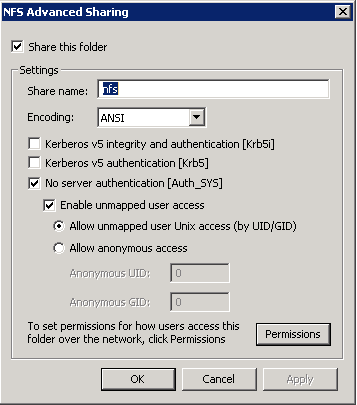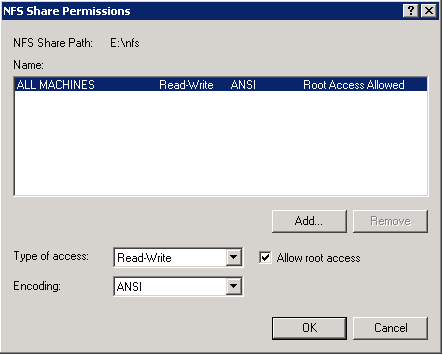I’ve had some problems since my upgrade to virtualbox 2.2.0 on OpenSolaris. After some time all of my linux boxes seem to just die. The virtual machine just stops responding. Strangely there was no problem with my windows vms after the update.
From what i can tell it looks like the upgrade turned off “IO APIC” – this is the bit that seemed to cause the problem. Re-enabling this on all of my linux boxes seems to have fixed the problem. I’ll continue testing for another week and update this post if any problems re-occur.
Updated : 01/09/2009
Here is a bit more on IO APIC from the virtualbox wiki… (from a windows perspective)
http://www.virtualbox.org/wiki/Migrate_Windows
The hardware dependent portion of the Windows kernel is dubbed “Hardware Abstraction Layer” (HAL). While hardware vendor specific HALs have become very rare, there are still a number of HALs shipped by Microsoft. Here are the most common HALs (for more information, refer to this article: http://support.microsoft.com/kb/309283):
Hal.dll (Standard PC)
Halacpi.dll (ACPI HAL)
Halaacpi.dll (ACPI HAL with IO APIC)
If you perform a Windows installation with default settings in VirtualBox, Halacpi.dll will be chosen as VirtualBox enables ACPI by default but disables the IO APIC by default. A standard installation on a modern physical PC or VMware will usually result in Halaacpi.dll being chosen as most systems nowadays have an IO APIC and VMware chose to virtualize it by default (VirtualBox disables the IO APIC because it is more expensive to virtualize than a standard PIC). So as a first step, you either have to enable IO APIC support in VirtualBox or replace the HAL. Replacing the HAL can be done by booting the VM from the Windows CD and performing a repair installation.
Updated : 5/09/2009
I’ve had even more problems with opensolaris crashing completely after upgrading to the newer versions of virtualbox (3.0.4), and have since reverted back to 2.2.0 which has fixed alot of the hanging issues i have encountered


